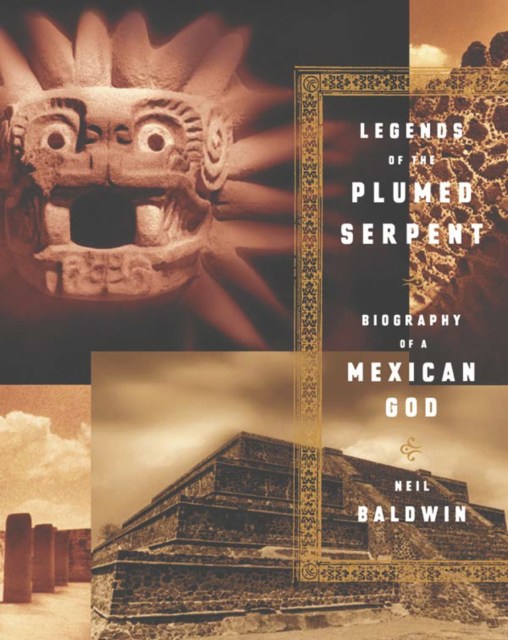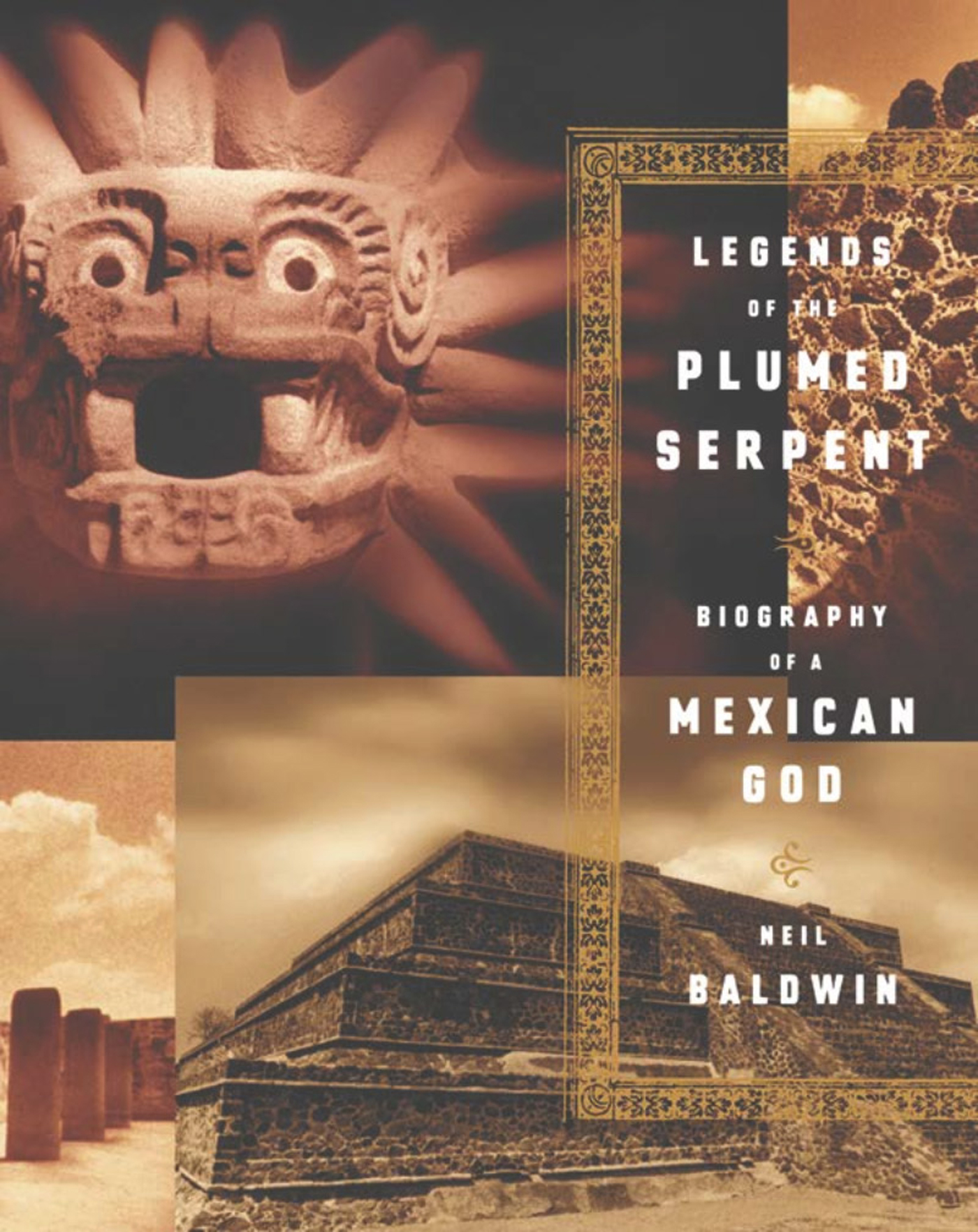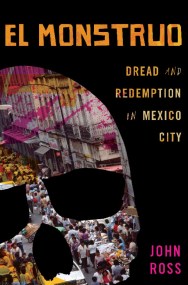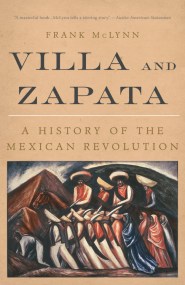Meticulously pieced together from personal experiences that come with years of travel, an extensive knowledge of the historic and scholarly works, and a deep appreciation of Latin American art and culture—both ancient and modern—critically-acclaimed biographer Neil Baldwin has created a mosaic of words and images retelling the myth of the Plumed Serpent (or Quetzalcóatl) as it has evolved through the millennia. He has also created an essential guidebook for the armchair traveller and passionate tourist alike.
Only a few hours by air from the United States are the mysteries and hauntingly beautiful ruins of Mexico. Among the vines intertwined in the frail latticework of crumbling palaces, spiraling geometric motifs covering vast walls that sink beneath the jungle, and nearly vertical temple steps leading hundreds of feet to a dizzying view of sky and earth, images of Quetzalcóatl abound. The fanged, bug-eyed feathered serpent thrusts his malevolent, sneering head from the pyramid at Teotihuacán; he swims in a river of rock around the temple at Xochicalco; and at Chichén Itzá, serpent and jaguar dance on a trail of stone, their embrace spawning a monstrous snake with clawed forefeet.
Depicted as part man, snake, and bird, the Plumed Serpent is the earliest known creation myth from Mesoamerica, the region spanning Mexico and most of Central America. He embodies good and evil, sky and earth, feast and famine—the duality of life itself. Steep, massive temples were built in his honor at Teotihuacán, the vast city of ruins near today’s Mexico City, and at Chichén Itzá in northern Yucatán, the intricate complex that includes the famed ballcourt. Moctezuma, the ruler of the Aztecs, mistook Hernán Cortéz and the invasion of the Spanish in 1519 for the return of Quetzalcóatl. The Catholic Church with its army of Franciscan monks adapted his legend to introduce the indigenous people to Catholicism. The myth enhanced Emiliano Zapata’s stature as a latter-day Quetzalcóatl during the Mexican Revolution. Diego Rivera and the modern muralists invoked his image to include indigenous themes in their state-sponsored art. And Quetzalcóatl inspired English author D. H. Lawrence to write a new “American novel.” These and many other tales are recounted in the words and images of Neil Baldwin’s Legends of the Plumed Serpent.
Whether sharing a moment of reflection among the breathtaking ruins, delving into the historic role of Quetzalcóatl during the Spanish Conquest, or tracing the themes of revolution and rebirth in the art of Rivera, Orozco, and Siqueiros, Neil Baldwin’s enlightening prose captures the imagination. Accompanied by numerous illustrations—many photographs taken by the author, and others painstakingly researched and gathered over the past decade—Legends of the Plumed Serpent is a true labor of love.







